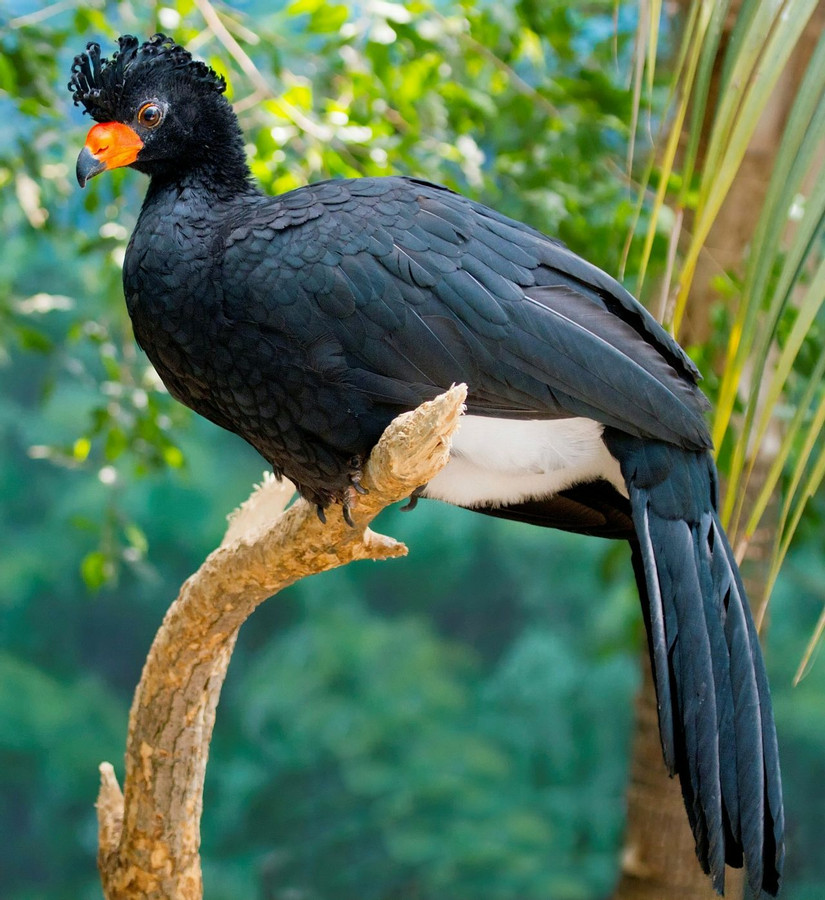Wildlife Holidays to Northern Peru
Stretching from the Pacific coast to the heart of the Amazon Basin, the Northern Peru Birding Route traverses a multitude of different and stunning landscapes, from desert to mountains and forests. This diversity of ecosystems supports a staggering variety of fauna and flora, with many of the unique habitats containing their own endemic species. The region is home to over 1,600 species of bird, including some 150 restricted-range species which have a geographic range of less than 50,000 km2, and are usually a specialist of specific habitats. It is this diversity of species and habitats that makes it one of the best birding destinations on earth. During Naturetrek’s 18-day tour, one can expect to see over 500 species of bird as well as a suite of mammals.
Our tour commences in the city of Lima, from where we fly north to Iquitos in the Amazon lowlands. Here we explore a variety of habitats including flooded varzea forest, terra firme forest, river islands, lakes and wetlands. We also make sure to bird both north and south of the Amazon River, a major biogeographic divide. The six days in this area will produce a staggering variety of birds, from highly localised white-sand forest endemics like Ancient Antwren, to more widespread Amazonia species like Hoatzin. We also make time to look for some rare species, such as the iconic Wattled Curassow. This is also a great area for mammals and we expect to see Pink River Dolphins, a variety of monkeys, sloths and Capybara, the world’s largest rodent.
We take a short flight east to Tarapoto at the base of the easternmost ridges of the Andes, from where we start birding the foothills. We will also take in an Oilbird cave en route to the town of Moyobamba. Here, a local lodge has wonderful hummingbird feeders as well as a great orchid collection. It is located in the Alto Mayo Valley, where we explore both farmed areas and remaining areas of natural habitat, which holds a suite of interesting birds including the recently described Mishana Tyrannulet and Varzea Thrush.

Not far away, the cloudforests of the Alto Mayo Protected Forest provide some of the world’s best birding. The road climbs through a series of different forest types, each supporting their own specialities and complemented by the wonderful mixed species flocks dominated by tanagers that can be found in the area. The stunted ridge-top forests are home to the Royal Sunangel, Bar-winged Wood-Wren and Cinnamon-breasted Tody-Tyrant. Second-growth areas harbour the snazzy Johnson’s Tody-Tyrant. The mature forest at higher elevations holds the enigmatic Long-whiskered Owlet, one of the world’s smallest and least known owls. Discovered in 1976, it is only in the last decade that one has had a reasonable chance of seeing it on the trails of the well-named Owlet Lodge, where we will spend two nights.
East of the Utcubamba River, the highlands of the Cordillera de Colán near the town of Pomacochas are home to one of the most iconic species of the route. The aptly named Marvellous Spatuletail, perhaps the most spectacular and sought-after hummingbird in the world. The tour is timed to see this species in full breeding plumage. The Utcubamba River is a significant tributary of the Marañón that runs through a spectacular limestone valley, home to the ancient Chachapoyas civilisation. We will spend one night here to make a visit to the spectacular hill-top fortress of Kuelap. This area is home to a variety of good birds including the endemic Koepcke’s Screech-Owl. Around the town of Jaen many of the Marañón Valley endemics can be found, including the eponymous Crescentchest, Spinetail, Pigeon, Slaty Antshrike, and Thrush.


Crossing the Andes at their lowest pass, Abra Porculla, takes us into the Tumbesian endemic region, home to nearly 50 birds found nowhere else on earth. Here we visit two famous sites, the Pomac Historical Sanctuary where the threatened Peruvian Plantcutter can be found near the adobe pyramids from the Sican culture, and the community reserve at Chaparri. Here, we look for species such as the threatened White-winged Guan and Tumbes Tyrant. The route finishes on the arid coast of northern Peru near Chiclayo, where the cold nutrient-rich waters at the northern end of the Humboldt Current create a wealth of marine-life.
I am looking forward to guiding another ‘Northern Peru’ tour for Naturetrek in November and hope to meet some of you there.



 Loading search...
Loading search...